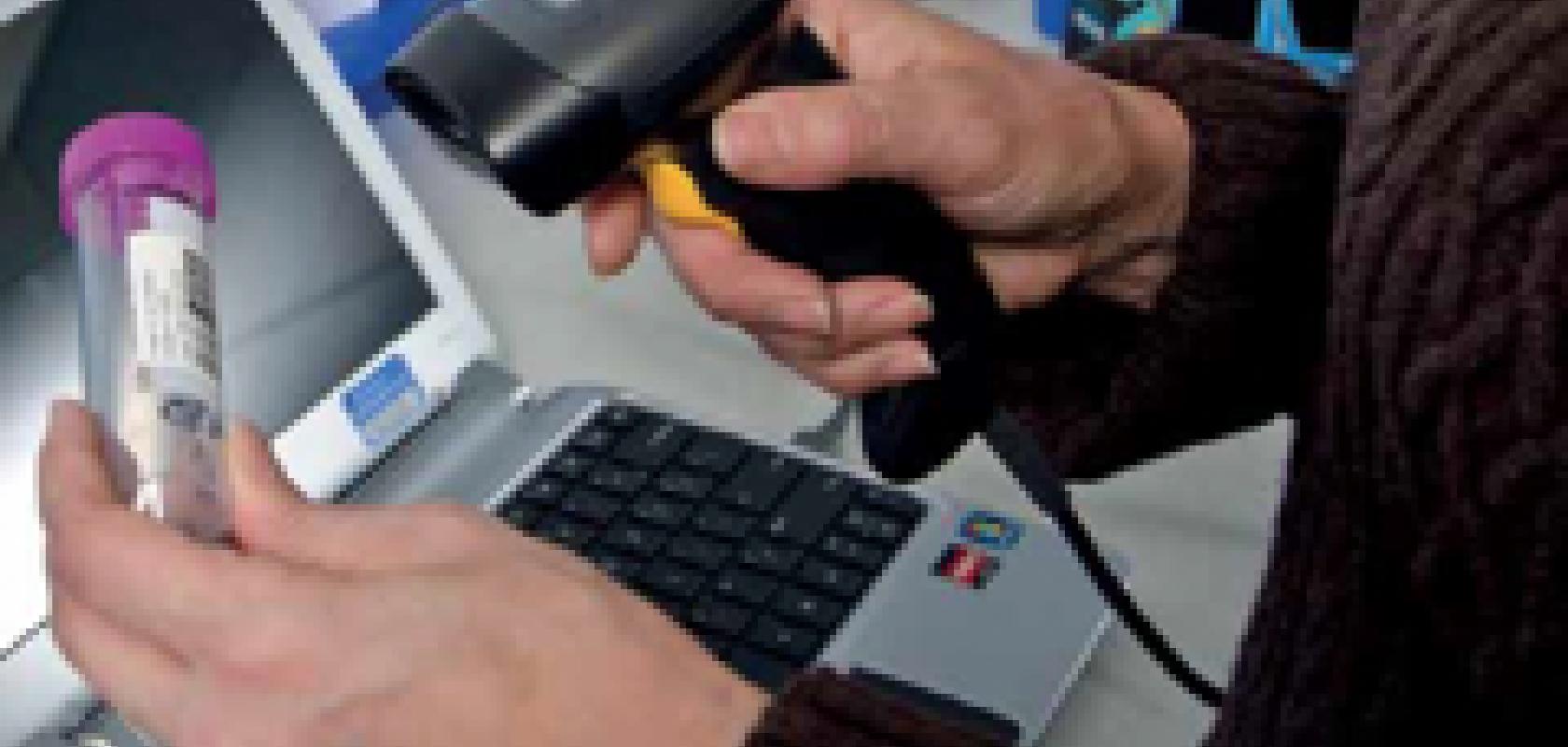Over the past 30 years, I’ve enjoyed a very rewarding career developing, implementing and selling laboratory automation software. I’ve seen how data acquisition systems, Laboratory Information Management Systems (LIMS), Scientific Data Management Systems (SDMS) and, more recently, Electronic Lab Notebook (ELN) and Laboratory Execution System (LES) products have transformed the efficiency of laboratories and the quality of the information they provide. Furthermore, I’ve been fortunate enough to have been exposed to many branches of science and many complementary technologies along the way such as chemical structure software, bio-informatics, statistical systems, document management, MES and ERP systems.
In recent years, the term ‘lab informatics’ has been adopted to describe this exciting branch of computing and it continues to evolve at a pace as organisations seek to achieve competitive advantage by introducing ever greater levels of automation, efficiency gains and access to information. It’s a dynamic environment in which to work. Programmes to rationalise software applications and harmonisation of processes across (global) organisations are key drivers for launching new lab informatics projects and this brings challenges for organisations and lab informatics vendors alike. Meeting these challenges requires not only ongoing investment to develop innovative product software, but also continuous refinement of the services required to deliver the solutions to the end-users. For example, at LabWare we see how organisations are now placing much greater focus on the quality of services and techniques to manage change effectively when introducing new-generation lab informatics systems, and the services that are then required after go-live to manage smooth, ‘business as usual’ operations.
In recent years, lab informatics has experienced some growing pains as the definition of, and overlap between LIMS, SDMS, ELN/LES products has been hotly debated. To some extent this debate continues, but more and more companies are finding they are able to agree on a definition that works for their organisation, although this is often shaped by their legacy application landscape. Most, if not all, would agree that the most important consideration is that LIMS, SDMS, ELN/LES seamlessly integrate, and facilitate smooth process flows for the organisation. The ‘Cloud’, mobile solutions, new development tools and subscription-based licence pricing are all going to play a part in changing the way we deliver LIMS, SDMS and ELN/LES to end-users. However, the fundamentals that have made lab informatics solutions successful in the past, will still apply going forward. This includes providing functionally rich, responsive product software; configurable workflows; convenient user-interfaces; seamless instrument integration and flexible reporting tools, etc. New technology alone does not guarantee success. There are few, if any short cuts when delivering effective, robust solutions for the end-user.
The lab informatics companies that succeed over the long-term will be those that take a long-term view and do not attempt to short-cut the fundamentals. ‘PowerPoint visions’ must be backed up with products of real substance. Successful companies will be those that make prudent business and product development decisions and invest in services and infrastructure to implement effectively and support their solutions in a cost-effective way for their customers. The (obvious) guiding principle that a sale of a LIMS, SDMS, ELN or LES is not complete and successful until it is in live operation and meets business requirements, will be as true tomorrow as it has been in the past.
The future is bright. Over the past 30 years we’ve progressed from data acquisition and sample tracking systems operated on ‘green screens’ driven by wardrobe-sized departmental mini-computers to using powerful lab informatics systems capable of supporting truly paperless laboratory operation accessible from anywhere in the world, using a mobile phone. In the next decade the benefits of ‘big data’ and cloud-based computing will truly unfold. I’m very confident that lab informatics will remain an exciting and rewarding field to work in, as we continue to push the boundaries of how software can support science.


